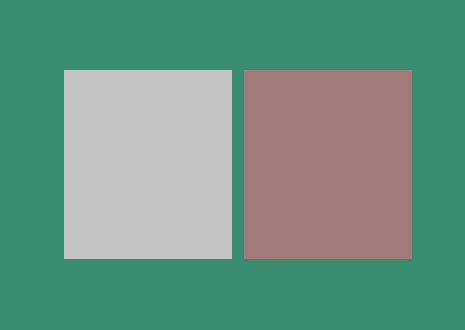Glossary
Hiding power
Hiding power is a term that is used to describe paints ability to hide or cover a surface.
When used in reference to paint it describes how well it can obscure the surfaces original colour. Hiding power can also be referred to as Opacity or simply abbreviated into HP.
The level of hiding power paint has is affected by two main factors. Firstly hiding power is affected by the number of pigments used in the paint. Paint with more pigments that are properly dispersed (i.e. properly stirred) has better hiding power.
Secondly, hiding power is affected by its application. If over brushed and spread too thin or inadequate coats are applied paints can lose hiding power.
The easiest way to test paints hiding power, before applying it, is to use a hiding power chart. These are coloured cards that are sometimes patented which you apple the paint. Depending on how well it obscures the colour or Patten indicates its hiding power.
Fanlight wind
A fanlight is a semi-circular window that can sometimes be found above other windows but is more commonly placed above doors. The common design has traceries or glazing bars radiating from a single point like the spokes of a wheel with glass in between. This wooden window typical design is what gives it its name […]

Undertone is a term that refers to the subtle colouration that is added to a paint mixture that can be seen under the primary colouration. The undertone may not be easily noticeable but is greatly affective on the overall mood of the paint. Undertones can make a painted surface feel warmer by using undertones of […]
Obtain Free,
No-Obligation Quotation